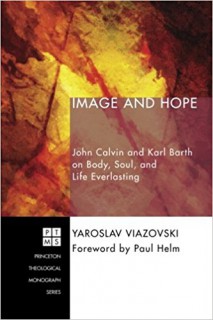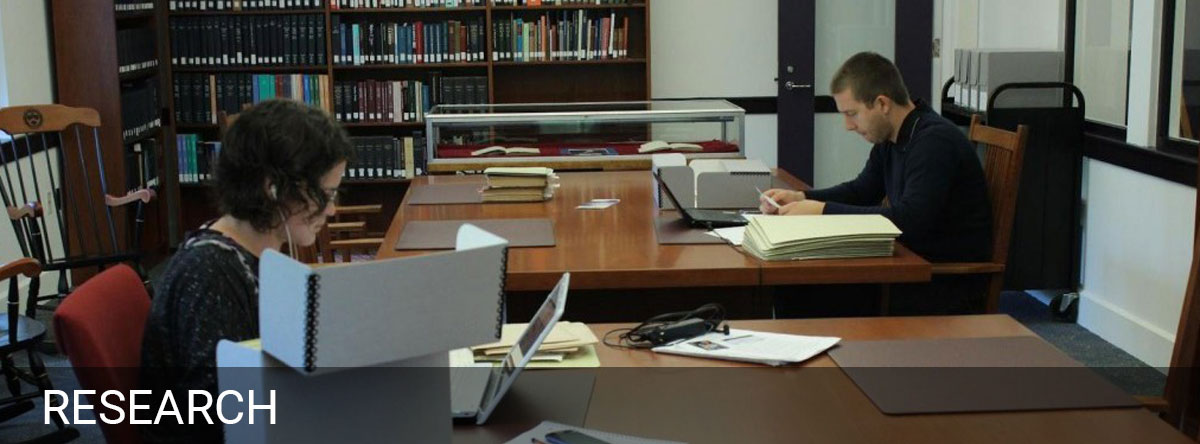 Viazovski, Yaroslav. Image and Hope: John Calvin and Karl Barth on Body, Soul, and Life Everlasting. Princeton Theological Monograph Series (Eugene, OR: Pickwick, 2015), 286 pp. $34.00 (paperback).
Viazovski, Yaroslav. Image and Hope: John Calvin and Karl Barth on Body, Soul, and Life Everlasting. Princeton Theological Monograph Series (Eugene, OR: Pickwick, 2015), 286 pp. $34.00 (paperback).
Reviewed by Daniel Rempel (June 22, 2017)
How are Christians to speak about the soul? This is the question Yaroslav Viazovski attempts to answer in Image and Hope: John Calvin and Karl Barth on Body, Soul, and Life Everlasting. For Viazovski, there are four functions of the soul: “(1) the soul makes us distinct from animals and gives us unique dignity, (2) the soul makes us rational and moral agents, (3) the soul is the bridge to the transcendent reality of God, (4) the soul guarantees life after death” (4). Because of both his motivating question, as well as his definition of the soul, Viazovski work is an attempt to uncover an ontological anthropology—a study of what man is—through “a functional comparative study of John Calvin’s and Karl Barth’s ontological anthropologies” (5).Viazovski’s work is yet another in the comparative studies between the work of Calvin and Barth (See Neil B. MacDonald, Carl R. Trueman, eds. Calvin, Barth,and Reformed Theology. Eugene, OR: Wipf and Stock, 2008; David Gibson, Reading the Decree: exegesis, election and Christology in Calvin and Barth, London: T&T Clark, 2009; Cornelius van der Kooi, As in a Mirror. John Calvin and Karl Barth on Knowing God: A Diptych, trans. Donald Mader, Boston: Brill, 2005. For Barth’s work on Calvin, see Karl Barth, The Theology of John Calvin, trans. G.W. Bromiley, Grand Rapids, MI: Eerdmans, 1995 ). However, while any student of Barth will know of the influence of Calvin on Barth’s theology, Viazovski’s rationale for placing these two theologians in conversation is more than that. For Viazovski, Barth’s introduction of a relational interpretation of the image of God “may be one of the greatest changes in theological anthropology that has occurred since Calvin” (6).
Another reason for placing these two in conversation is that Calvin and Barth represent opposing theological anthropologies: the dualist and the monist (5). For Viazovski, Calvin’s “axiological dualism” of the separation between the material and spiritual is problematic. Viazovski is uncomfortable about speaking of such a separation in the holistic existence of the human. As a result, Viazovski desires an anthropology that does not result in said axiological dualism. For Viazovski, the way to do this comes through Barth (11). Through placing these theologians in conversation, Viazovski hopes to explicate both Calvin and Barth’s anthropology, how Calvin ultimately comes up short, and how Barth can help offer a corrective to Calvin.
Beginning with Calvin, Viazovski engages with the Institutes, Psychopannychia, as well as a host of Calvin’s commentaries on the Bible in order to explicate Calvin’s understanding of the ontological basis of the human being (8). Weaving together these sources, Viazovski highlights four main themes found in Calvin’s anthropological work: the image of God; the knowledge of God; immortality and the intermediate state; and the resurrection and the ultimate hope.
For Calvin, “to have the image of God is to be human” (15). Furthermore, “humanity is constituted by the faculties of the human soul” (19). Therefore, Calvin finds the ground of one’s humanity in the soul. One may conclude solely on this evidence that for Calvin, all goodness of humanity is found in the soul, and all evil is found in the body. However, Viazovski is careful not to let the reader fall into such a misunderstanding of Calvin. No, he says, for Calvin “there was no part of man, not even the body itself, in which some sparks [of God’s glory] did not glow” (35). Because the body is God’s creation, there is goodness within the body. However, “the soul is superior to the body” and therefore ” ultimately it is irrelevant if the image of God is present in the body in some measure or not” (38). Thus, while having a body is imperative for humanity to live as God’s creatures, and thus carries an intrinsic importance, such importance is dwarfed by the exceeding magnitude of the human soul. Thus, Calvin frames the subjects of the knowledge of God, immortality and the immediate state, and the resurrection and the ultimate hope as treatises on the human soul, with only passing references to the role and function of the body within this divine framework, for it is in the soul that the human finds their worth in God.
Viazovski transitions from Calvin to Barth in a chapter explicating the differences between Calvin and Barth’s method and thought. Showing his indebtedness to Bruce McCormack, Viazovski argues that one of the significant differences between the epistemologies of Calvin and Barth is that Barth is “a modern theologian” (119). Citing McCormack’s work Orthodox and Modern (Baker, 2008), Viazovski lists four characteristics that qualify a theology as modern: [1] an acceptance . . . of critical methods for studying the Bible; [2] a recognition of the loss of respect among philosophers for classical metaphysics . . . ; [3] the recognition of the breakdown of the old Aristotelian-biblical cosmology . . . ; [4] and acceptance of the necessity of constructing doctrines of creation and providence which find their ground in more modern theological and/or philosophical resources” (119-20). Noting McCormack’s criteria of modern theology, Viazovski claims that what makes Barth specifically a modern theologian is that “Barth apparently accepts the Hegelian presupposition that being is becoming but keeps to a strict Creator/creature distinction” (127). Said differently, for Calvin, there is a quantitative difference between God and humanity in that the finite cannot comprehend what is infinite (122). For Barth, on the other hand, the problem is qualitative: “God belongs to the sphere of the unintuitable therefore human beings . . . cannot know God” (122). All of this is to say, “a comparison of Calvin’s and Barth’s anthropologies is, then, not a simple and straightforward comparison. Rather, it is the putting, side by side, of two anthropological systems which belong to different philosophical contexts” (129). It is with this understanding that Viazovski moves to his engagement with Barth’s anthropology.
Unlike his explication of Calvin, which drew from multiple sources to provide a cogent account of Calvin’s theological anthropology, Viazovski limits his engagement with Barth to Church Dogmatics (CD) III/2, which he describes as Barth’s “systematic presentation of the doctrine of man” (133). By engaging Barth, it is Viazovski’s aim “to analyze how Barth’s relational approach to the image of God overcomes the axiological dualism inherent in Calvin’s view of the image, how he understands the soul/body relationship from a holistic point of view and, finally, what his monism does to the ultimate hope of man” (133).
Viazovski begins his engagement with Barth with the understanding that “if, in Calvin, the starting point was the doctrine of imago Dei, in Barth, it is the Christological concept of the real man” (133). For Barth, anthropology is grounded in Christology (136). The human Jesus is “the ontological determination of all human beings” (137). Thus, for Barth, human ontology is not rooted in something essential to our own being, but rather in something exterior to ourselves, that is, the person of Jesus Christ. Therefore, for Viazovski, the heart of Barth’s innovation of theological anthropology is that “humanity must partake of [Jesus] . . . It is to be explained by Him, not He by it” (143). Jesus is “the real man” and therefore Jesus is God’s revelation of our true humanity (163). According to Viazovski, “real man, then, is the fundamental anthropological concept in the thought of Karl Barth. It is the starting point of his anthropology and controls all secondary statements about man” (164). Thus, while for Calvin our ontological status is based in the image of God that has been imparted upon us, in Barth our humanity is not found in our own being, but in the relationship we have with Christ, who is the determination of who humanity indeed is.
As a whole, Viazovski provides adequate accounts of the theological anthropologies of Calvin and Barth that will engage both newcomers and experts of Calvin and Barth respectively. However, the nature of the task as he presented it may have shown its difficulties in Viazovski’s writings. What I mean by this is that in the section of Calvin’s anthropology, Viazovski gave himself the task of synthesizing a theological anthropology through engaging with the Institutes, Psychophannia, and a host of Calvin’s biblical commentaries. Without commenting on Viazovski’s conclusions regarding Calvin’s theological anthropology, there was a rigidity to Viazovski’s work on Calvin that made reading difficult in some sections. At times, there were leaps between claims that could have been smoothed out with greater care.
However, any rigidity present in Viazovski’s work on Calvin disappeared when he began engaging with Barth. Working systematically through CD III/2 allowed Viazovski to create a smoother, cohesive narrative of Barth’s theological anthropology. The reader benefitted from this approach, and what we are left with is an engaging and educating account of Barth’s theological anthropology and how it differs from Calvin.
Additionally, as Viazovski’s goal in this book is to work towards the question of how Christians are to speak about the soul, I would have appreciated more of his own voice in this work. While the accounts of both Calvin and Barth were insightful, I would have appreciated more critical engagement with each author. Viazovski showed a slight amount of personal flair in the final chapter, critiquing Barth’s account of the afterlife (or lack thereof), however, as a reader, I was curious to hear Viazovski’s voice throughout the whole of this book.
Altogether, however, Viazovski’s Image and Hope has provided a helpful engagement with both Calvin and Barth. Theology is always influenced by the philosophical assumptions brought to the discipline, and Viazovski has shown this to be a major difference in the work of Calvin and Barth. Additionally, he has shown some of the benefits and deficits of both authors work, and the consequences of various philosophical assumptions. More importantly, however, Viazovski has assembled a resource that helps human beings understand themselves holistically: body, mind, and soul. While it is not uncommon for theological anthropologies to focus on one aspect of the human person above and beyond the rest—this elevation is usually found in the soul—Viazovski refuses to allow his reader to assume any such dichotomy. Rather, in the unity of the body, Viazovski has shown how human beings can understand who we are in relation to Christ.
Daniel Rempel, M.A. Theology Student, Canadian Mennonite University
The views expressed here are strictly those of the author; they do not necessarily represent the views of the Center for Barth Studies or Princeton Theological Seminary.


